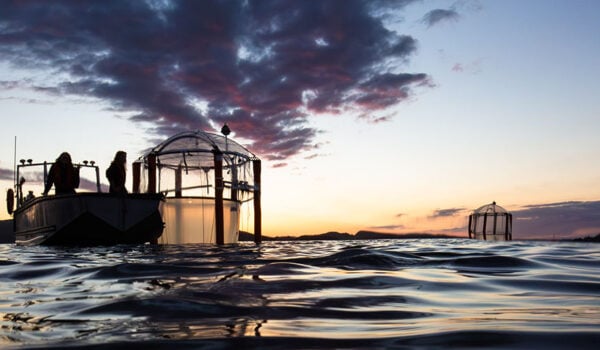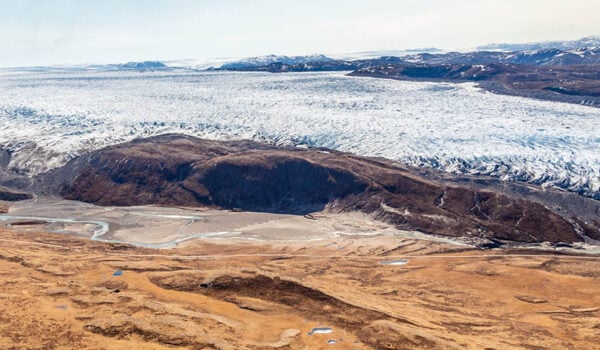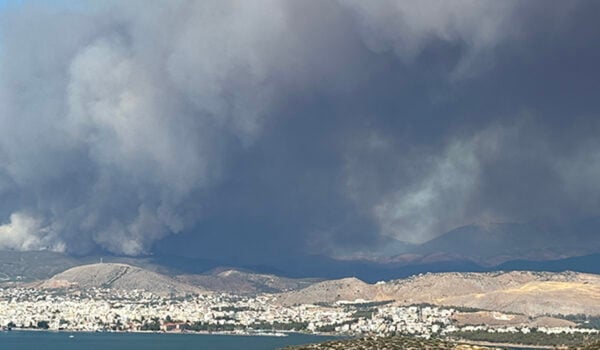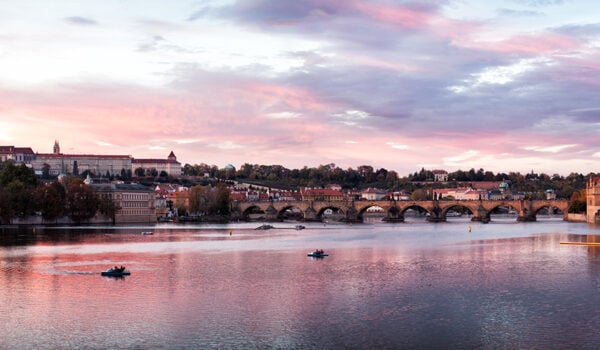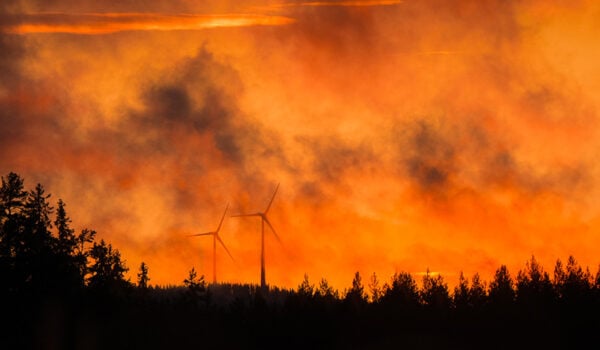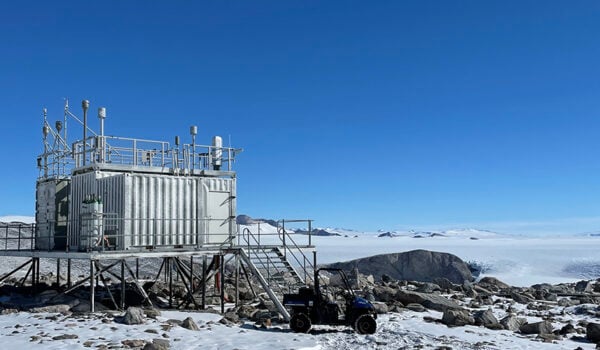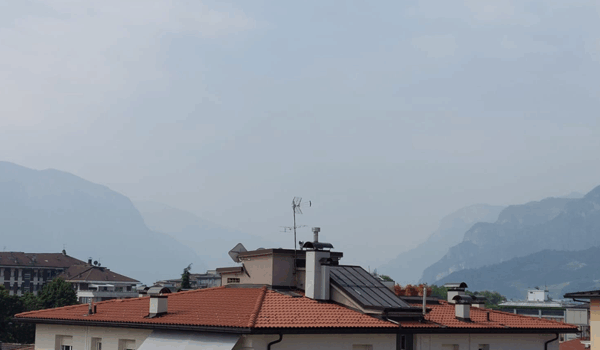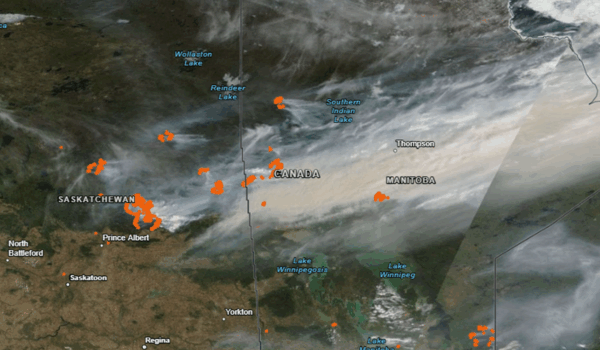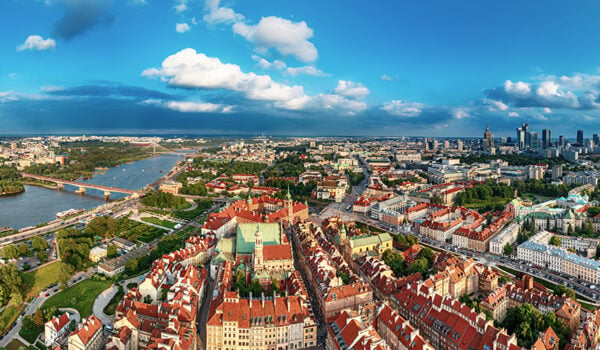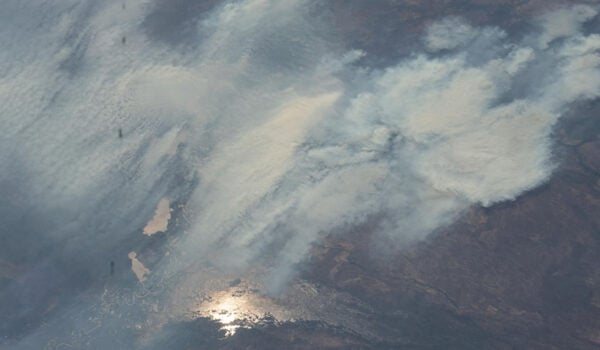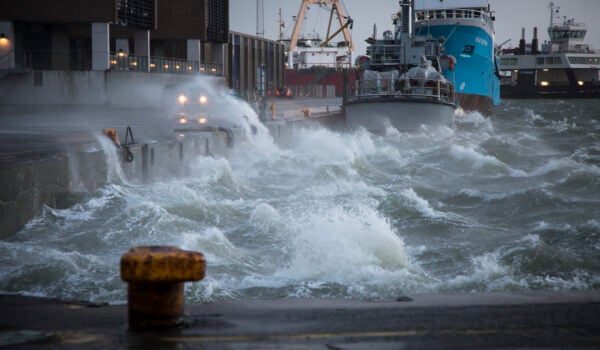
Storm surges and floods will pose a greater risk to the Norwegian economy in the future
Scientists at NILU have analysed how vulnerable the Norwegian economy and business sector will be in the event of an increasing number of flood events. In the future, we may have storm surges that are three times more destructive than the worst events today.
